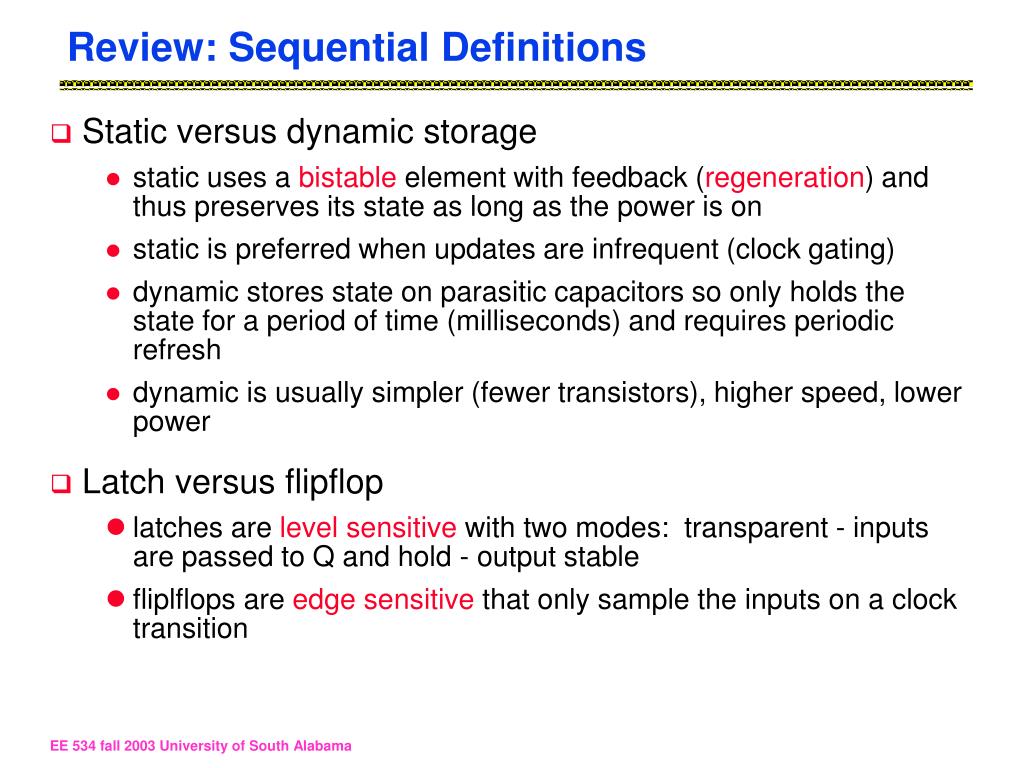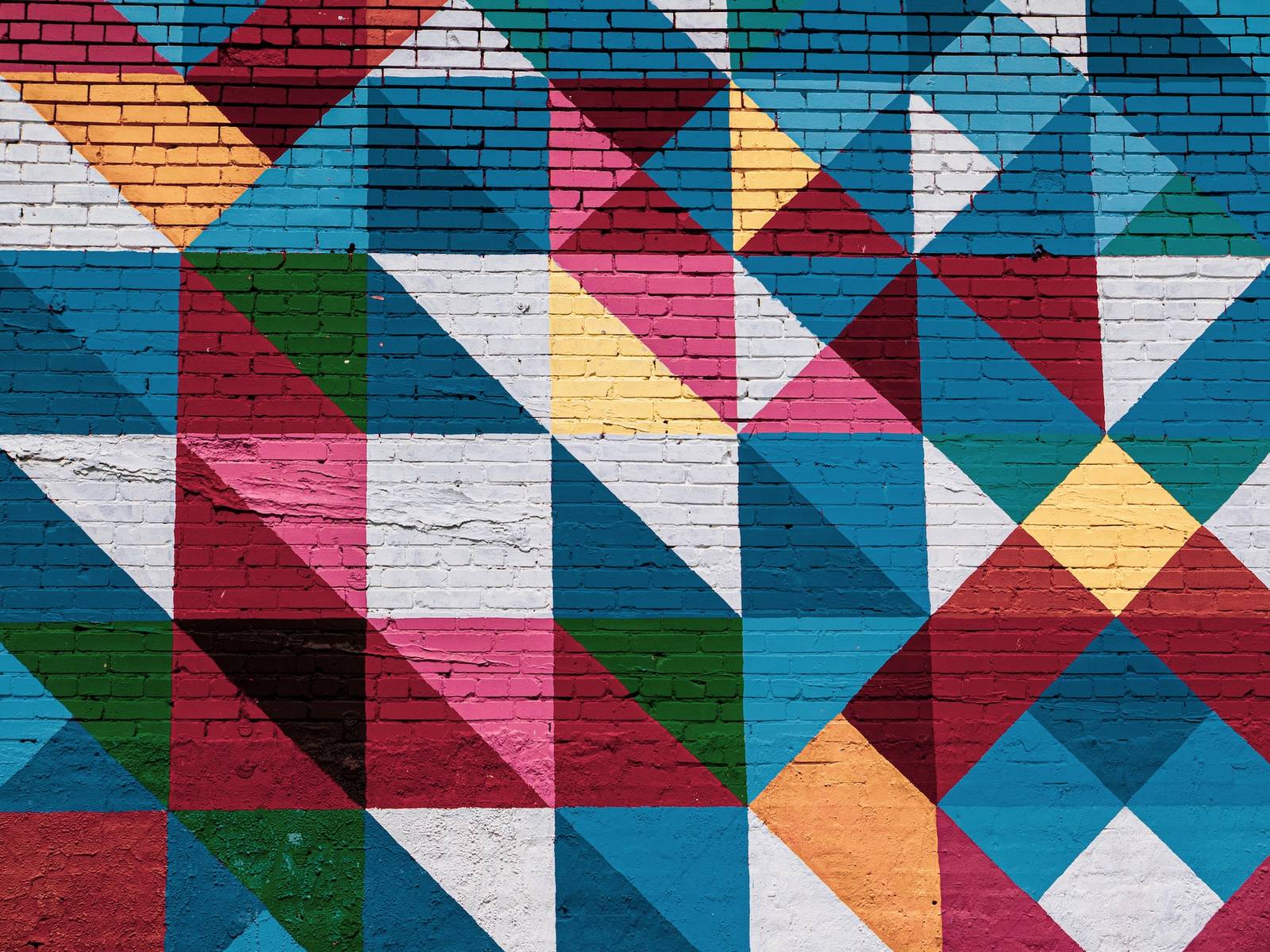

The main concern of this type of montage is the tone of the shots, such as the lighting, shadows and shapes. It also involves tempo but the main emphasis is placed on the visually continuous video. Rhythmic montages cut shots to create a continuous film.
SEQUENTIAL MONTAGE DEFINITION SERIES
A series of close-ups and shorter shots will makes the montage more intense. Every shot, regardless of their colour or content, lasts the same amount of time and the tempo is usually raised or lowered in order to evoke an emotional response from the viewer. This montage follows a specific number of frames. The combination of these two shots inevitably makes the viewer think that the man is going to slip on it, therefore meaning has been produced through this collision. Sergei Eisenstein, a film director and theorist came up with his own meaning of a montage: “Two or more images edited together create a third thing that makes the whole greater than the sum of its individual parts.” For example, you can have one shot of a man walking and another shot of a banana peel on the floor. The video that my group and I filmed on analytical montage can be viewed below: This type of montage typically uses split screen images to convey their messages. A section of an event is isolated and this is done by producing good establishing shots. Sectional montages are edited to expand events for audiences to watch from different viewpoints.

The main event is left out for the audience to imagine and figure out. Sequential montages are edited to include only the most important elements.

This type of montage can be divided into two: Sequential and Sectional. This allows the viewers to engage with the event and try and understand the final outcome by piecing events together, whether made explicit or not. One of the main aspects of this montage is that the main event is frequently and indirectly implied, but is not explicitly shown. This is a type of montage that is analysed for its thematic and structural elements, which are chosen and organised into a final intensified event. The essence of this effect is that the viewer should be able to fill in the blanks or connect the dots in order to interpret the story as a whole.įour of the main Montage editing styles are described below and each of them have a video filmed and edited by my group and I in order to showcase these styles: The ‘Kuleshov effect’ dictates that the two values a shot must have are its value as a photographic image and the value it obtains when it is contrasted with another shot. He edited a short film in which a shot of an expressionless face was edited together with various other alternate shots. One of the main theories of the laws by which film communicates meaning is by Lev Kuleshov. These clips are selected, edited and combined together to form a continuous whole. A montage is a series of clips that show the progression of a narrative.


 0 kommentar(er)
0 kommentar(er)
